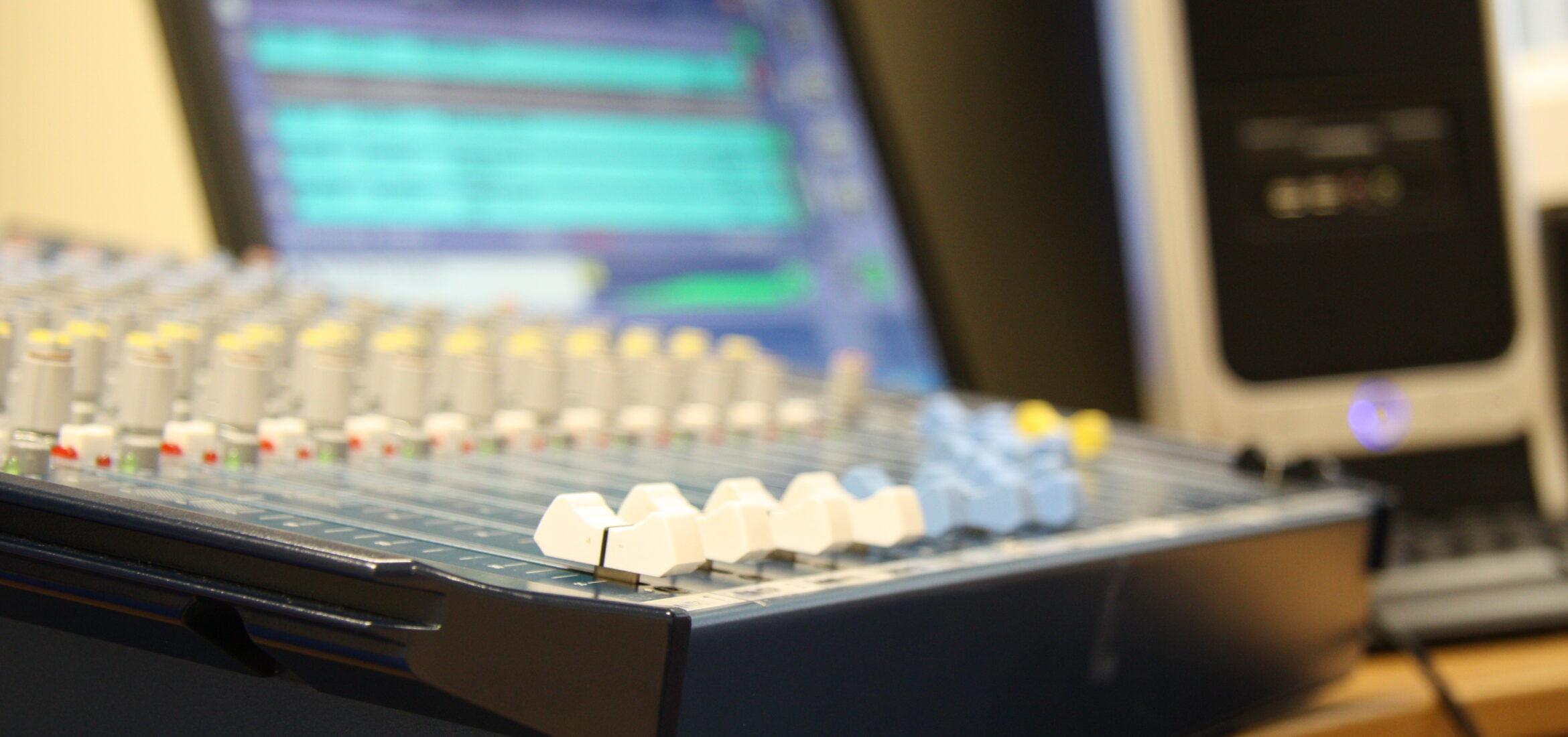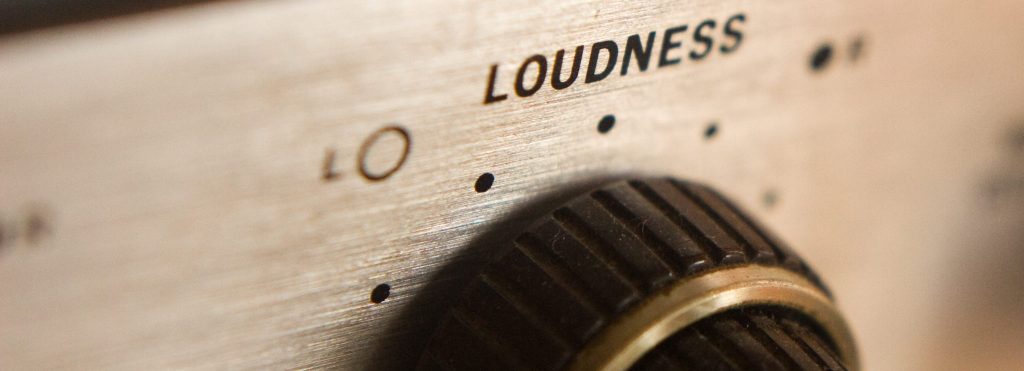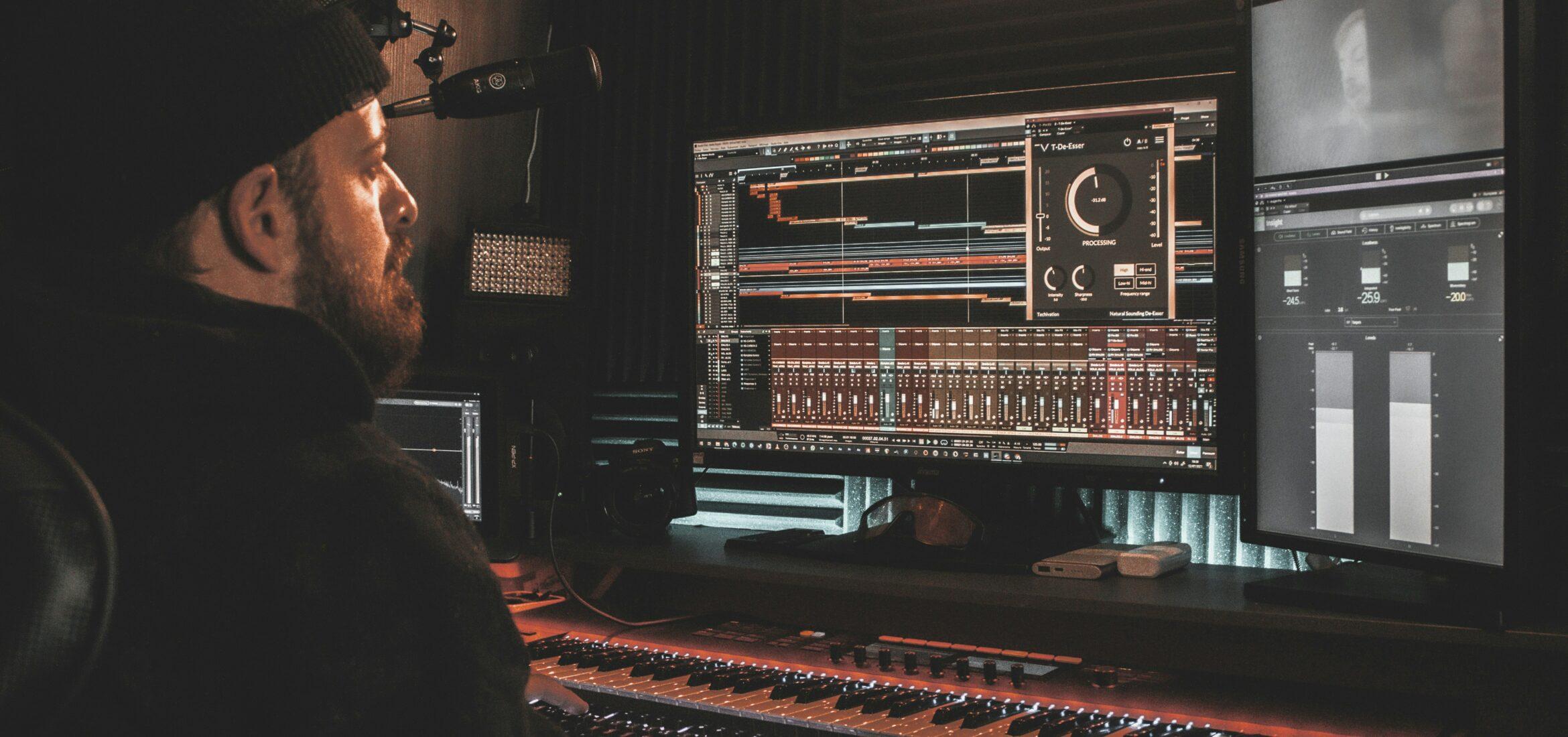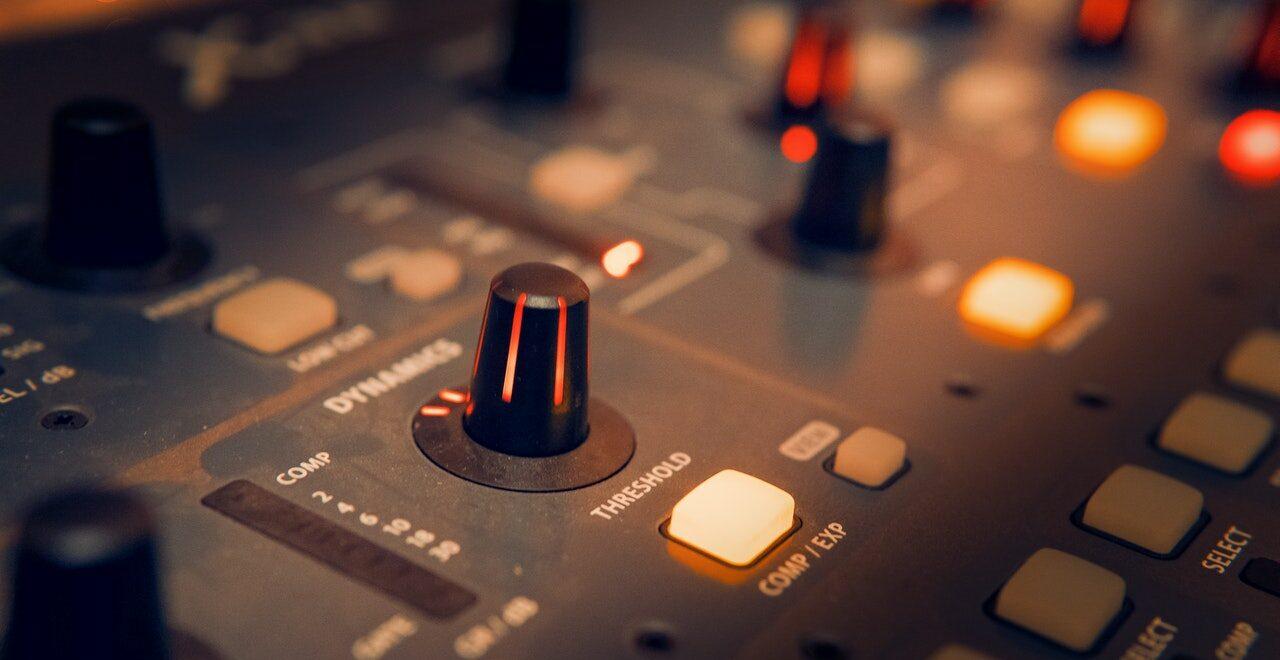There are often many things we can do to improve our audio mixing but there are also many mixing mistakes that we aren’t aware we’re making. Sometimes we try too hard, we get ear fatigue without noticing and we lose perspective. Here we explain the top 7 mixing mistakes we encounter, and how best to avoid them.
1. Incorrect use of EQ
EQ isn’t only a boost tool, you need to cut frequencies too. People tend to only raise the frequencies they want to be boosted when the most important thing is to remove those that are not important on the track. For instance, in a vocal track, you should create a high-pass filter and cut anything below 80-100hz, you can do that with a multi-band parametric EQ, and then think about which frequencies you’d like to enhance if any.
The main purpose of EQ is NOT to improve one instrument or sound, WHAT? Yes, we need EQ to improve how different sounds blend together in the mix. It is way more important how one instrument sounds within the mix than how it sounds on its own. Are you really going to hear it alone in the song anyway? You need clarity in your mix and for that, you need to clean up space in the frequency spectrum.
Of course, EQ is designed to lift frequencies of sounds, but if you’re doing that for one sound, you may well need to cut the same frequencies in another to avoid the two combining to overload a particular area of the frequency spectrum (subtractive EQ). And you’ll also need panning…which brings us to the next of our mixing mistakes.
2. Lack of panning
Many people overlook this incredible feature. Yes! Music is stereo! And you need to use it. It’s very important to pan your instruments and use all the stereo field, you’ll achieve better clarity even with bad panning (compared to no panning). But, how do I pan my channels? While certain elements should typically be centred, such as main vocal, kick, snare, bass, etc. Some others can and should be panned; don’t fear panning your backing vocals, secondary guitars, synths, effects. When possible, record your instruments in stereo (especially main guitars) to avoid overlapping with the vocal tracks. Keeping the middle less cluttered allows your ear to hear all the individual instruments more distinctly.
So, for example, if you feel there’s not enough compression to hear the vocal and the music well together all through the song, then you probably haven’t created space in the mix. Try to use panning in some channels and EQ to create space. If you have 2 instruments with the same frequency spectrum, pan and volume, there’s little chance you will hear both with good clarity.
3. Adding reverb to everything
Not everything needs reverb, and not every instrument requires the same type of reverb (short, long, pre-delay, dense, light…). For instance, bass instruments, kick drum, and in general, any sound that is mainly low frequency will not sound good with reverb, it will just become messy.
You should add some amount of reverb to vocals, snare, tom, solo guitars, synths, solo strings, etc., but always measure the amount and type of reverb you add, usually little reverb is needed for mixing.
And…sometimes people add reverb and underestimate the benefits of the delay effect.
4. Too many effects or too many layers
Yes, there are so many mixing mistakes you can make that may seem stupid. You don’t need 5 effects on every track to make your mix sound good. If you have too many effects it usually means you lack the correct processing, maybe you are using the wrong effects for that instrument or maybe you are just using them wrong. If the mix doesn’t sound to your liking the solution isn’t adding another plugin.
Learn how to use the main effects wisely: compression, EQ, panning (although it isn’t actually an effect), reverb and delay, and you usually won’t need a lot more than that!
5. Mixing too loud
The louder the better it sounds but…no! Not for mixing, not even for mastering. It will seem like it sounds better but you are actually tricking yourself. As our hearing is less sensitive to lower and higher frequencies it may sound more powerful and bright when you hear it loud. It can be quite addictive and you will keep turning the volume up until your ears explode. The mix, however, has to sound good at all levels, and usually, the audience won’t listen to your music that high. In fact, they will probably listen to it quite low.
In the end, if you push too hard and add a limiter to the master channel you will only damage your ears and your perception of the song. Which brings us to the next mixing mistake…
6. Using limiters
I’ve seen a lot of people using limiters all over the mix, in individual channels, in the master channel…everywhere. If you don’t have a clear purpose for it, you shouldn’t use a single audio limiter in the song. A limiter is mostly a compressor set with an infinite ratio and then pushed, and this will cause a lot of distortion accumulating in your mix.
Use compressors instead, they can be adjusted much more carefully and will serve the purpose a lot better, with much nicer quality and a lot less dynamic loss.
Limiters in the master channel are what I would call a “disease”. Don’t worry about loudness at the mixing stage, mastering will take care of that, worry about creating a balanced and clear mix, and then master it. To learn more about how limiters can damage your mix and master, check our post, how to prepare your track for mastering.
7. Not taking breaks
Last but not least, one of the worst mixing mistakes is not taking breaks. You need to take breaks, especially if you mix loud and use limiters! Think of a mix session as a marathon, not a sprint. As time goes by your ears will wear out, leading to several mix mistakes. Your critical judgment will be affected by listening to the same track again and again, which will lead to poor choices of levels, EQ, compression, etc.
Usually, that actually causes the problem 5 and 6, and results in you turning the volume up in a desperate attempt to add excitement and punch to your mix.
When a song doesn’t go as I would want it to, I just take the day off and do something else. Let it rest and you will be refreshed the next day with new ideas.
Avoid these mixing mistakes
Use these 7 tips in your mixing routine and you will see your mixes improve instantly. If you are still having trouble with your mix check 5 tips for a better mix.
Post images under creative commons attribution license by Curtis.kennington, Ryan Allred and Orin Zebest.
À propos de l'auteur

Dídac
PDG et fondateur de MasteringBOXDídac est un ingénieur audio professionnel, un producteur de musique et un ingénieur logiciel. Il est le fondateur de MasteringBOX et l'auteur de nombreux articles sur le blog.
Commentaires
Thanks very much this was very helpful and I needed it
Thanks a lot guys.I heard you well.thanks a million times.
Thanks
“The top 7 mixing mistakes” …… very true….. thanks for sharing.
……….peter john
Obrigado pelas sugestões !!
will come in handy for sure
will come in handy for sure
Voy a estudiar estos 7 consejos ahora se porque cuando mesclo algo undia al siguiente día no me gusta cómo se oye gracias por los consejos.
I wish I had read this,
many years ago.
It’s so simple to read and understand.
Yet, it’s almost a “most known” to create and produce music.
Those tips are gold worthy.
But here, it’s free.
Keep up the good work!
– niko-qée
Laisse un commentaire
Connecte-toi pour commenter.





